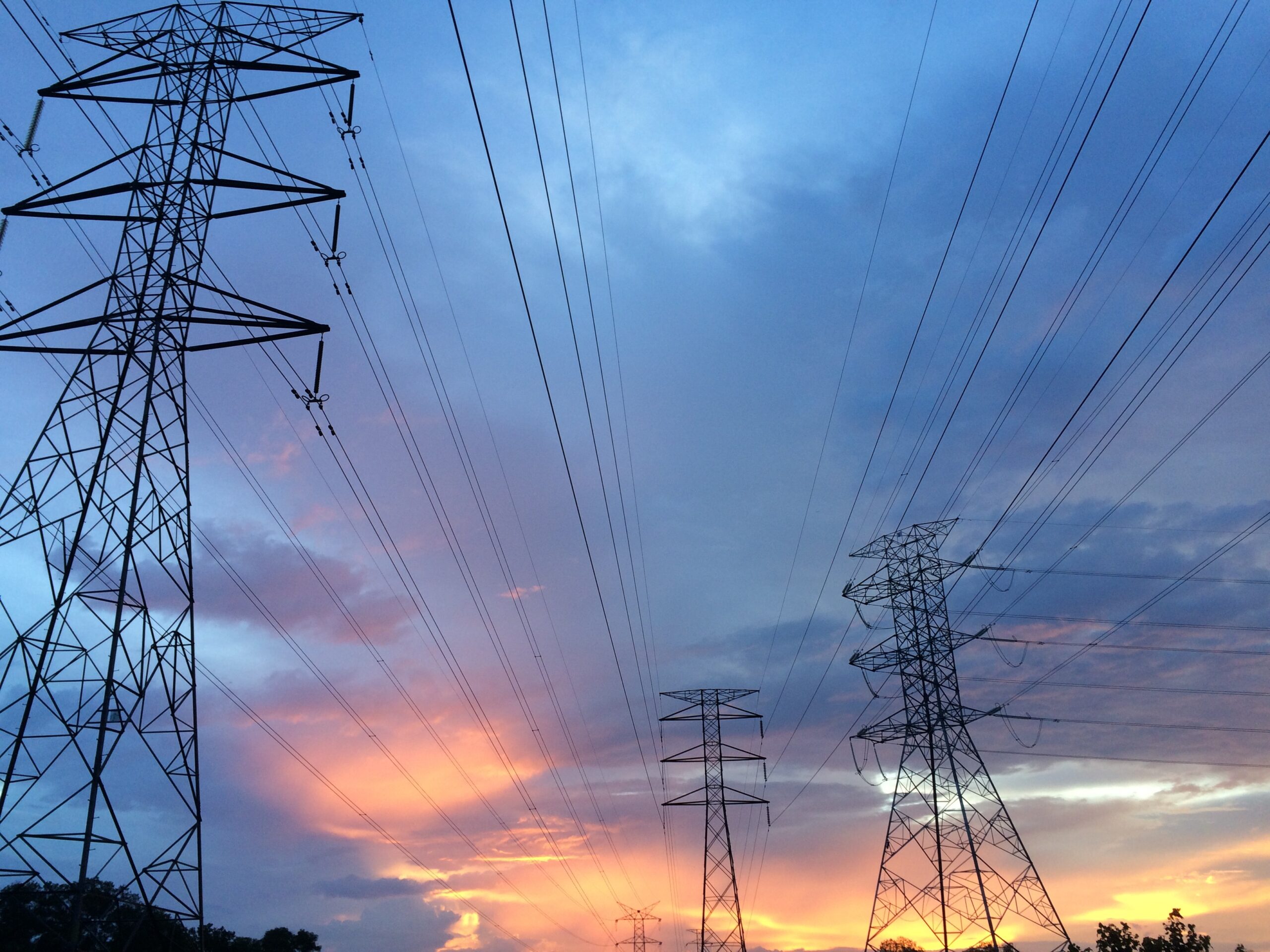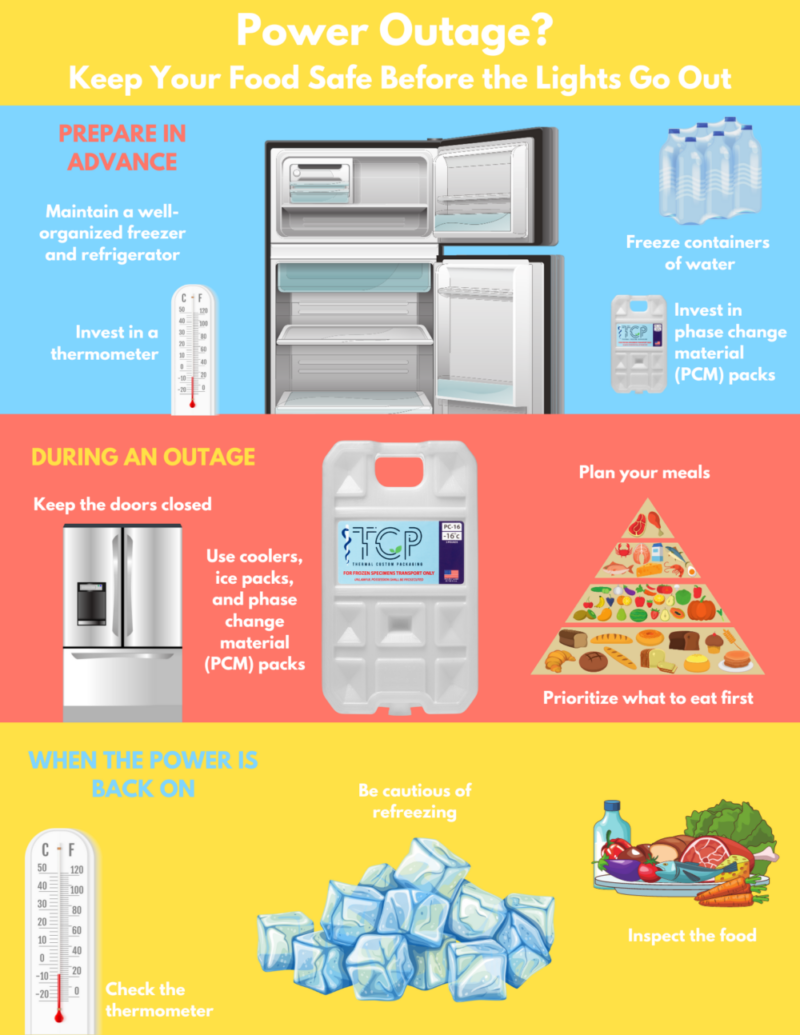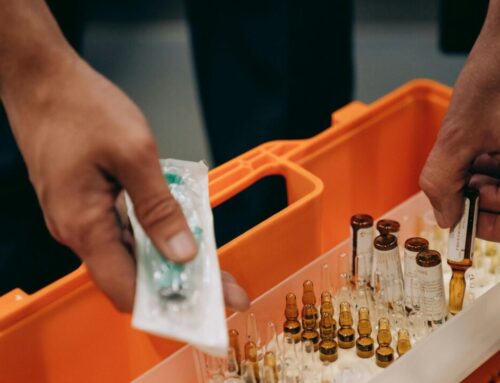Power outages can happen at any time, and while they are usually a temporary inconvenience, they can pose a significant risk to the safety of your food. Without proper precautions, perishable items in your refrigerator and freezer can quickly become unsafe to consume, leading to food waste and potential health hazards. Luckily there are some essential tips and tricks to prepare before the lights go out.
Prepare in Advance
- Maintain a well-organized freezer and refrigerator: Regularly clean and organize your refrigerator and freezer to minimize food waste and make it easier to access essential items during an outage.
- Invest in a thermometer: Keep a thermometer in your refrigerator and freezer to monitor the internal temperature. This will help you know if your food has reached unsafe temperatures during a power outage. According to foodsafety.gov, a full freezer will hold a safe temperature for approximately 48 hours (24 hours if it is half full and the door remains closed).
- Freeze containers of water: Filling empty spaces in your freezer with containers of water can help maintain a lower temperature longer if the power goes out. Plus, you can use the thawed water for drinking or other purposes.
- Invest in phase change material (PCM) packs: PCMs are a type of cold storage, that unlike dry ice, begin working as soon as the power goes out and, unlike traditional ice packs, keep your food and medicines at desired temperatures for multiple days. PCMs are as easy to store and freeze as a traditional ice pack but can last twice if not three times as long. PCMs can extended the longevity of your food in the refrigerator and freezer beyond the 48 hours it will hold a safe temperature on its own.
During the Outage
- Keep the doors closed: The first rule during a power outage is to keep the refrigerator and freezer doors closed as much as possible. This helps maintain a colder temperature inside.
- Use coolers, ice packs and phase change material (PCM) packs: If the outage is expected to be prolonged, transfer perishable items to coolers with PCM packs. This will help keep them at a safe temperature for an extended period of time, sometimes lasting multiple days.
- Prioritize what to eat first: Consume perishable items like dairy, meat, and leftovers first to prevent them from spoiling. Non-perishable items like canned goods and dry goods should be used as a backup.
- Plan your meals: Try to plan meals that use perishable items first. This will help reduce waste and ensure you’re consuming the most perishable foods first.
After the Power Returns
- Check the thermometer: Examine the thermometers in your refrigerator, freezer and coolers. If the temperature in the freezer has stayed below 0°F (-18°C) and the refrigerator below 40°F (4°C), your food should be safe.
- Inspect the food: Examine your perishable items for any signs of spoilage, such as an unusual odor, off-color, or texture. If in doubt, it’s better to discard the item. This food safety guide for refrigerated foods from foodsafety.gov can help you determine what food is safe to keep or needs to be discarded.
- Be cautious with refreezing: If your freezer and cooler temperatures that contained frozen food stayed below 0°F (-18°C) during the outage, you can safely refreeze previously frozen items. However, as the saying goes, when in doubt, throw it out. This food safety guide for frozen foods from foodsafety.gov can help you determine what food is safe to refreeze or should be discarded.
Keeping food safe during a power outage requires a combination of preparation, vigilance, and quick decision-making. By following the tips and tricks outlined in this blog, you can minimize food waste, reduce the risk of foodborne illness, and ensure that you and your family stay safe during unexpected power outages. Remember, safety should always be the top priority when dealing with perishable foods during such situations.





